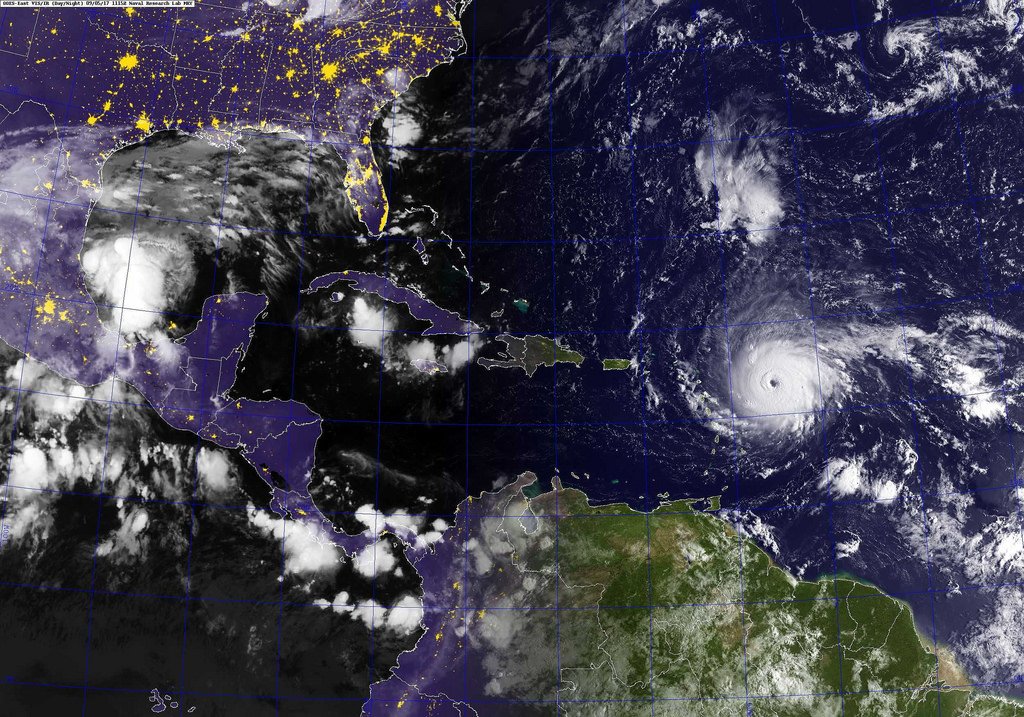Hurricane Irma has hit Cuba with strong winds and heavy rain after devastating several Caribbean islands.
The monster storm made landfall on the Camaguey Archipelago, in Cuba’s north-east, as a category 5 storm but has now weakened to a category 3.
The Bahamas have largely been spared.
In Florida, 5.6 million people, or 25% of the state’s population, have been told to leave as the storm approaches. At least 20 people are known to have died so far across the Caribbean.
Hurricane Irma hit the Sabana-Camaguey Archipelago on September 8, threatening nearby coastal towns and villages.
It was the first category 5 hurricane to hit Cuba in decades. It weakened to category 3 by September 9 lunchtime but is expected to strengthen again as it approaches Florida.
According to the National Hurricane Center (NHC), at 12:00 GMT, Irma had maximum sustained winds of 130mph.
Irma has brought vast amounts of rainfall to parts of Cuba, with extensive flooding reported in the fishing village of Caibarien.
Power lines have been brought down in several parts of the central province of Camaguey, and communication is becoming increasingly difficult with towns in more remote areas.
Thousands of people have been evacuated but many others stayed to ride out the storm.

Hurricane Irma Will Devastate Either Florida or Neighboring States, Says FEMA
Hurricane Irma: At Least 9 Dead In Caribbean Islands, Heads Toward Puerto Rico
Hurricane Harvey Hits Texas with 130Mph Winds
Cuban officials reported “significant damage”, without giving further details, but said there were no confirmed casualties yet, AFP news agency reported.
About 50,000 tourists are fleeing or have fled Cuba, with resorts on the north coast now empty, Reuters reports.
Hurricane Irma is expected to hit Florida on September 10, but the outer bands are already affecting the south of the state and downtown Miami is being lashed by heavy rain.
About 25,000 people are currently without electricity, energy provider Florida Power and Light reported.
Florida Governor Rick Scott issued a stark warning to those in threatened areas on the west coast.
“Look, it’s getting late,” he told NBC.
“If you’re not on the road on the west coast by noon, you need to get to a shelter, get to a friend’s house if you’re in an evacuation zone. Get off the road.”
Governor Scott said that storm surges in coastal areas could be as high as 12ft, adding that people “cannot survive this”.
Some 50,000 people have gone to shelters throughout the state, he said.
Media reports say shelters in some areas have been filling up quickly and some people have been turned away.
https://www.youtube.com/watch?v=PigB3OwWdtw


